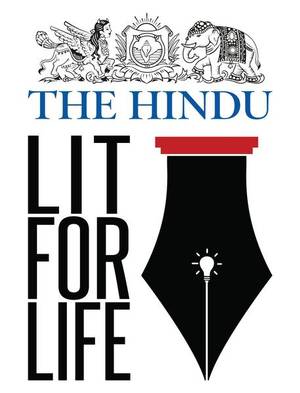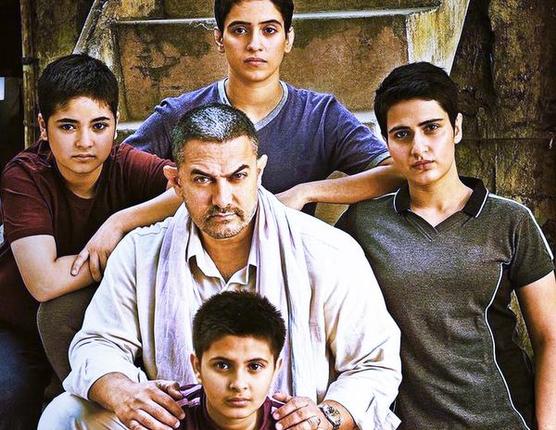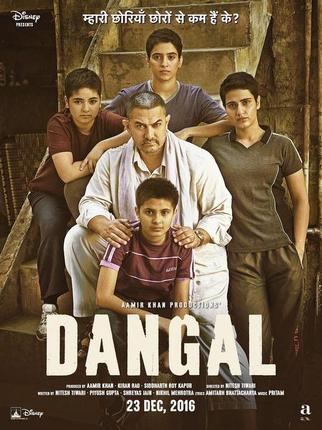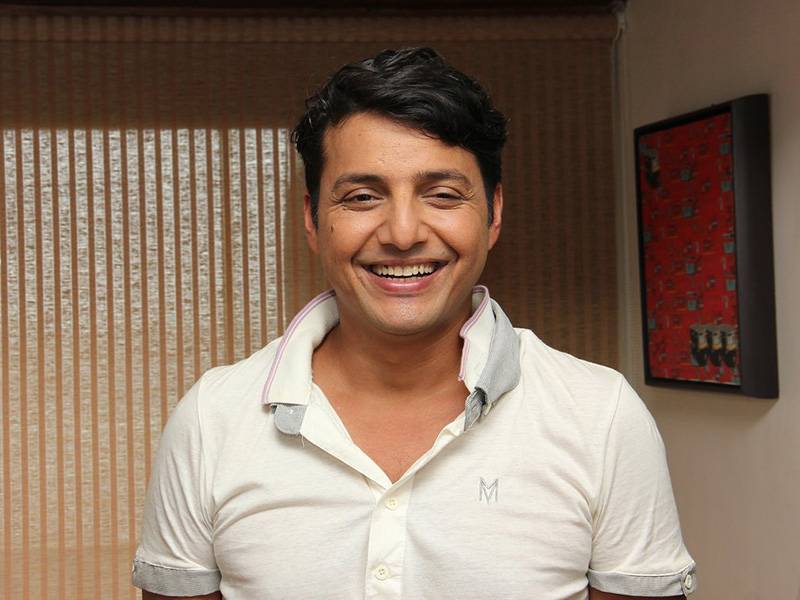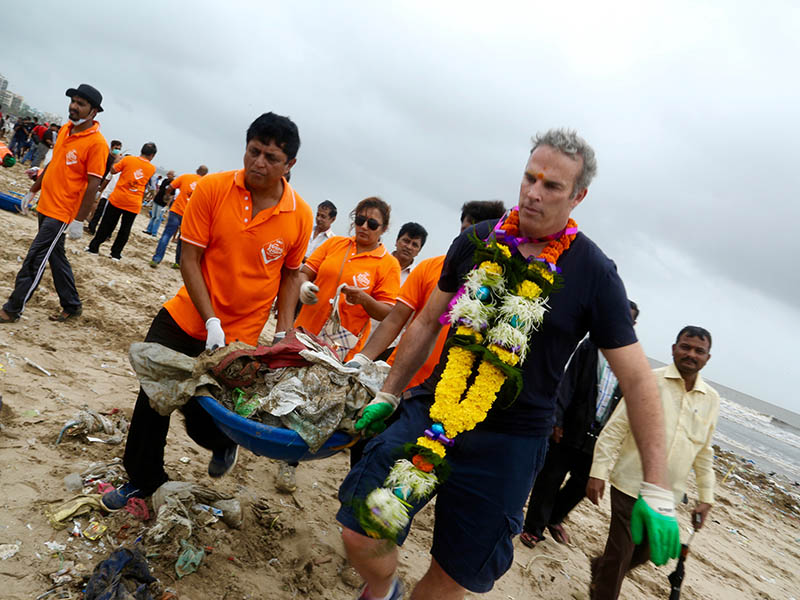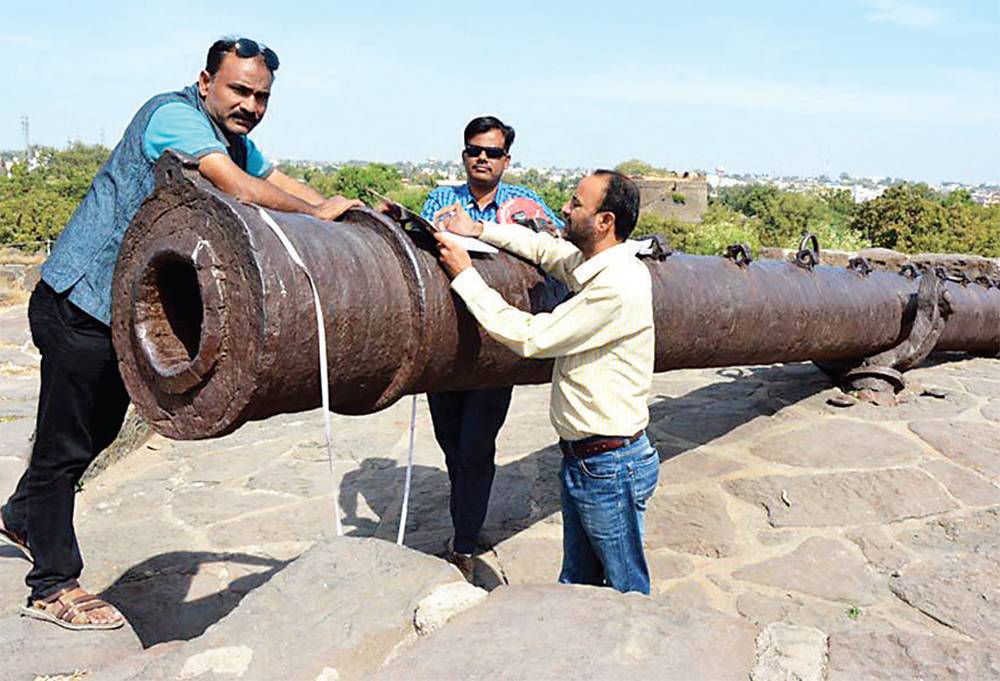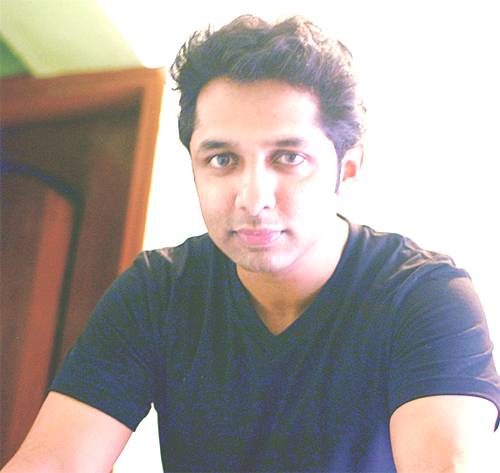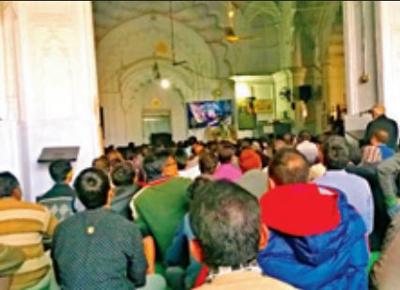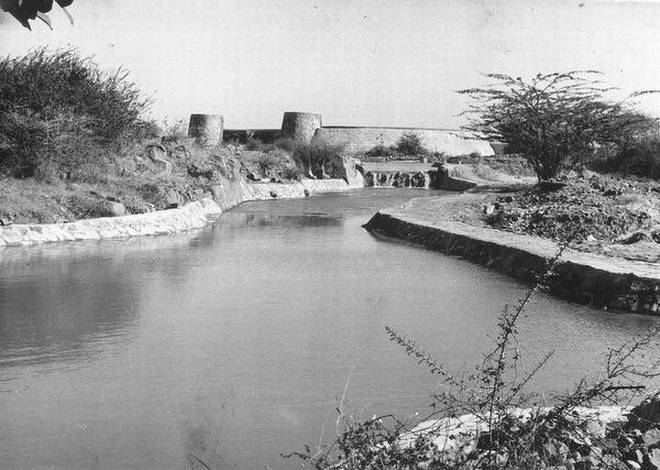Calicut, KERALA / KINGDOM OF SAUDI ARABIA / KYRGYZSTAN :
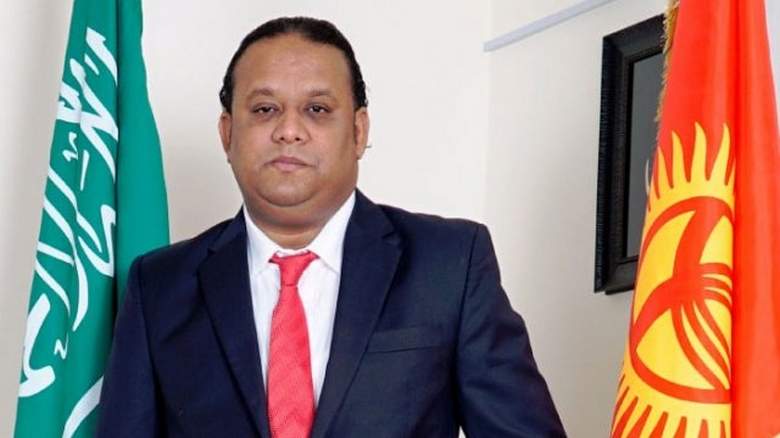
The Saudi-based entrepreneur of Indian origin, was invited by the Kyrgystan Government to take up the prestigious military position in view of his earlier contribution to the country.
From among more than two million Keralite expatriates present across the world, a notable name is Shaikh Rafik Mohammed, who has now assumed a top position in the defense department of Kyrgyzstan, a Central Asian state of the former Soviet Union.
Shaikh Rafik Mohammed, Chairman, Gammon Group (UAE and Saudi Arabia), has been appointed Major General by Ali Mirza, Defence Minister of Kyrgyzstan, at an official ceremony held in the Central Asian country, Omar Abu Baker, media advisor of Rafik, told Khaleej Times.
It is a rare military position occupied by an overseas Keralite, he said on behalf of Rafik, adding that the Keralite holds Kyrgyzstan nationality conferred by its former President, Kurmanbek Saliyevich Bakiyev, whom he casually met in his 20s while working in Iran. He was conferred the military leadership at a function held in the Kyrgyzstan military head office, his representative told Khaleej Times.
The Saudi-based entrepreneur of Indian origin, whose family resides in Dubai, was invited by the Kyrgystan Government to take up the prestigious military position in view of his earlier contribution to the country.
The inspiring story of the Keralite expatriate who migrated from Calicut Kerala before completing his fifth-grade schooling culminated in his recent appointment as Major General of Kyrgyzstan. While there are scores of successful of business tycoons in the region, this could well be the first time a Malayali has occupying top military leadership of a foreign country.
Mohammed Rafik earlier worked as an advisor to the former Kyrgyzstan President Kurmanbek Saliyevich Bakiyev (2005-1010) whom he met in Iran where the young Indian entrepreneur was developing a major steel plant.
After selling the successful project to the Iranian Government, Rafik went to Kyrgystan and presented a similar project to Kurmanbek, then a governor who was preparing to contest presidential elections.
Kurmanbek promised to green-light the project if he won the election. After he got elected, the new president appointed young Rafik as his chief advisor – a milestone in his career in his mid-twenties. He remained president for two terms and Rafik developed wide network of friends in the Central Asian republic, which has witnessed a rapid flow of foreign investment and reversal of socialist mode of development to a capitalist mode of production.
As an economic diplomat, Rafik could play a key role in attracting foreign investment from many countries to the young nation by suggesting easy tax regimes that kept away foreign investors till then. From there, he was invited by Saudi Arabia to develop some projects on the free zone model of Dubai. Kyrgyzstan in the Central Asian region maintains close economic, political and strategic relationship with the Gulf region, especially Saudi Arabia. Kyrgyzstan is also a member of the Jeddah-based Organisation of Islamic Countries (OIC).
Gammon Group has a strong presence in emerging markets such as Asia, Middle East, Europe and North Africa. The diversified group is present in several areas, including infrastructure management and petrochemicals. According to the group’s website, it employs 200,000 employees in 28 countries.
“Rafik had left Kerala at a young age and he could complete only his primary school education. He went to Mumbai where the young man learnt all the tricks of business and from there to the Middle East. He has worked in the UAE, Iran, Saudi Arabia and Kyrgyzstan,” his media advisor added.
source: http://www.khaleejtimes.com / Khaleej Times / Home> News> General / by VM Satheesh, Dubai / December 31st, 2016
